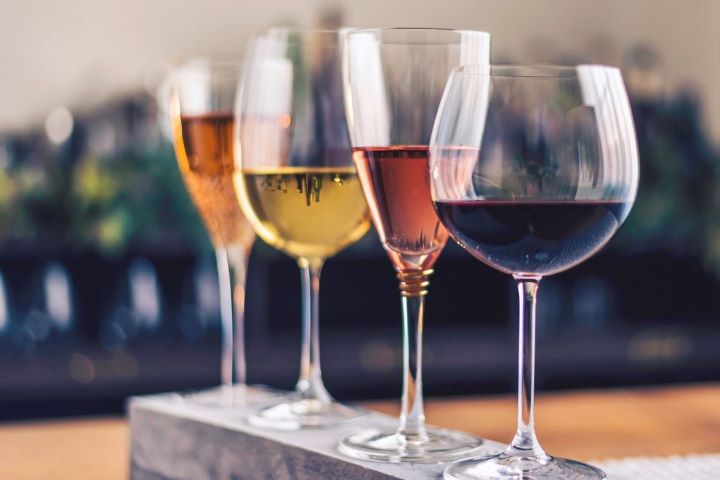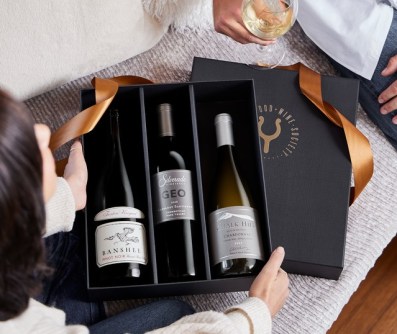Have you ever wondered why sommeliers or wine critics are insistent on drinking wine from a specific type of glass? It doesn’t mean that they are more bourgeoisie than the rest of us—the reality is that the shape of a glass does impact your perception of the wine. And having the right glass for the right wine is a bit like having the key to a treasure chest—the right glass can unlock a wealth of aromas, textures, and flavors that otherwise could be muted by a clunky glass.
Of course, if you prefer the rustic ambiance of drinking red wine from a mason jar, by all means—enjoy it that way! We’ll admit that we’ve sipped wine from a coffee mug on desperate occasions because it was the only vessel available—but drinking wine from the right glass is worth it.
Wine glasses come in all different shapes and sizes for many varieties of wine. There are standard red wine glasses, and there are also glasses designed for Pinot Noir, Cabernet Sauvignon, Syrah, and just about every major variety that comes to mind. There are also standard white wine glasses, specific glasses for Chardonnay, and flutes or tulip glasses for sparkling wine. It would be exciting (and pricey) to collect all of the different styles of wine glasses; however, you could get by with a couple of well-designed all-purpose glasses with deep enough bowls to accommodate reds and whites. Companies like Riedel craft different glasses that highlight specific grape varieties while striking a balance between design and value.
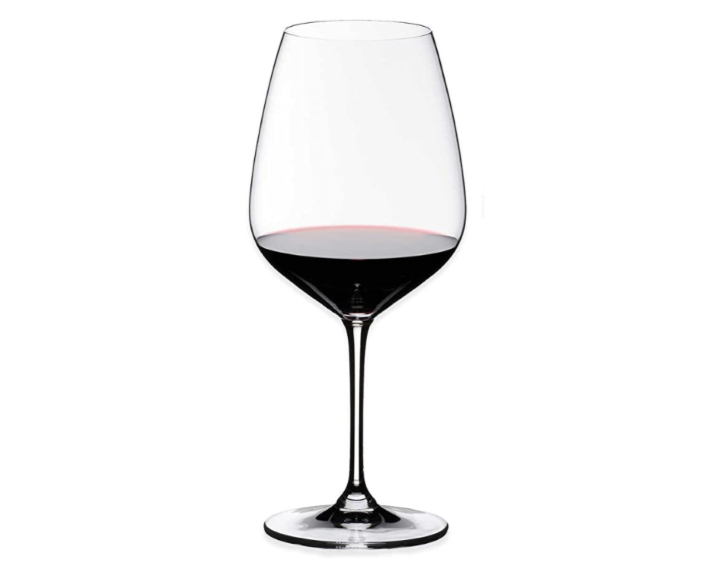
Riedel Cabernet Glass
Other companies focus on the weight of the glasses, such as The Perfect Glass or Zalto, which are incredibly light, though remarkably sturdy. But does having the right wine glass matter much in the long run?
See for yourself. Try comparing your favorite wine side by side in different glasses. If you have it, set out one of those clunky, rather heavy wine glass—the kind you typically find in chain restaurants—and a couple of glasses specifically designed for wine, like a featherweight Zalto or slightly heavier, sturdier Riedel glass. Pour the same wine in all three glasses, and its a guarantee that the aromas and flavors will change simply because of the differences in glass size. The different shapes will release aromas at different speeds. The glass design also changes the velocity at which the wine hits your palate, effectively changing the immediate impression of the wine. That’s how the same wine in three different glasses could seem like three different wines!
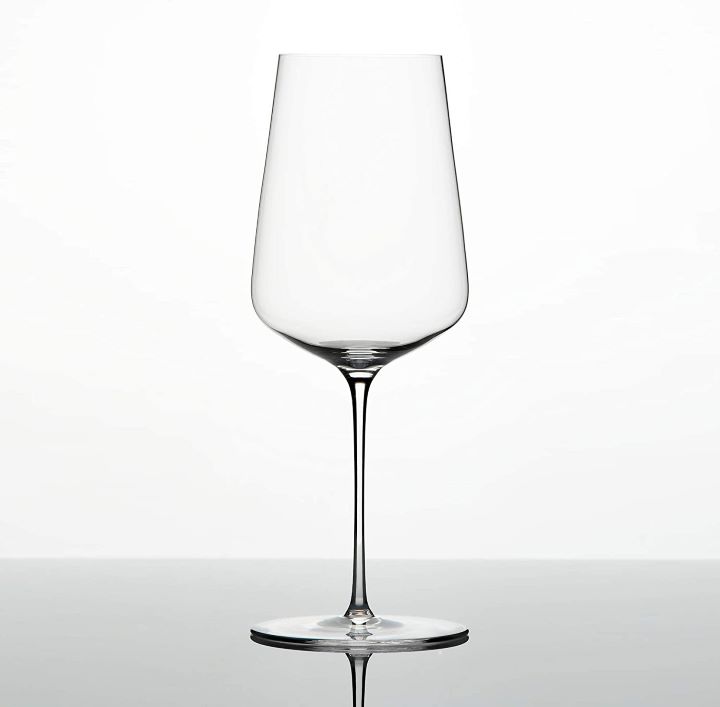
Zalto Universal Glass
Our ability to taste wine is connected to our sense of smell, so it’s essential to have a glass that helps aerate the wine and to effectively release all the phenols and aroma compounds that ultimately indicate how the wine will also taste.
For your red wines, we recommend Bordeaux glasses typically used for all Bordeaux varieties like Cabernet Sauvignon, Merlot, Petit Verdot, Malbec, and more. It has a big enough bowl to allow oxygen to come in contact with the wine and allows the aromas to become more concentrated so you can easily detect them. You’ll want two types of glasses for whites—one with a broader bowl and rim for less aromatic varieties like Chardonnay, and another with a more narrow bowl and narrow rim for highly aromatic white wines like Sauvignon Blanc and Viognier.
As for bubbles, flutes show off and preserve the bubbles, but because flutes are so narrow, it’s difficult to pick up some of the aromatic complexity in sparkling wines. Tulip glasses also maintain the wine’s bubbles and boast a slightly wider bowl, allowing more aromas to be released. If your goal is to relish the bouquet and you’re okay with losing some of the bubbles, try pouring your sparkling wine into a white wine glass.
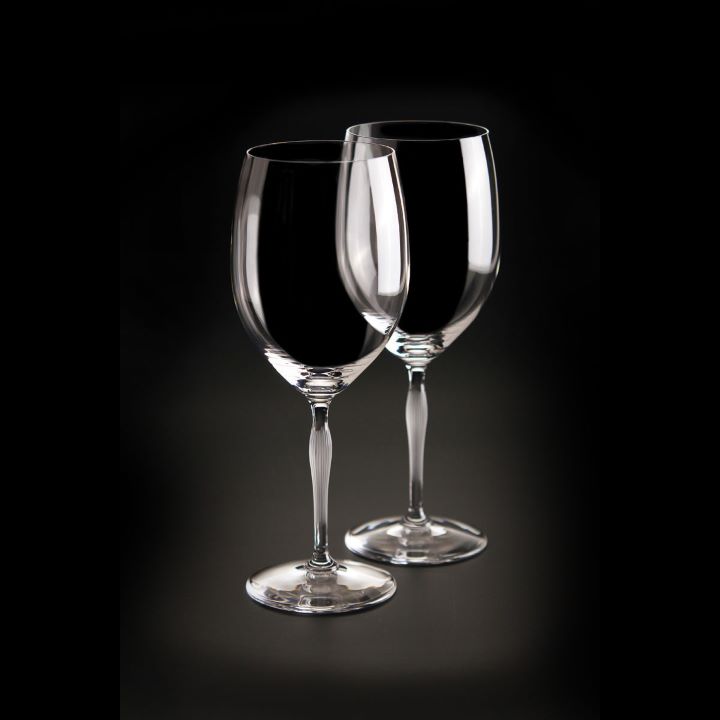
James Suckling Lalique Glass
If you prefer to keep it simple, universal glasses are a fantastic option. They work perfectly for many different wines, so you never have to worry about which glass to use. Master of Wine Jancis Robinson, author of “The Oxford Companion to Wine” recently unveiled her own design for a universal wine glasses (critic James Suckling designed one with famed crystal-maker Lalique), and several years ago, Master Sommelier Andrea Robinson introduced “The One” wine glass. So, you’ve got options!
Most wine glasses are dishwasher safe, and we can’t emphasize this enough—put your glasses in the dishwasher. Put them in gently, on the top rack, and don’t crowd them. Your days of hand-washing glasses must—we repeat, must—come to an end. Why? When you hand-wash a wine glass, the soap you use can leave a residue, no matter how much you’ve rinsed, and that residue can alter the aroma and flavor of your favorite wine. The dishwasher will sanitize and leave your glass spot-free. Don’t fight this. Don’t listen to the person who tries to tell you that putting wine glasses in the dishwasher is crazy. It’s crazy not to.
And on that note, it would be crazy not to pop a bottle and start swirling right now, while you pass share your newfound wine glass knowledge and drop a few wine-glass knowledge bombs around the house. Just make sure it’s your favorite FFWS wine in whatever glass you’re sporting, so get swirling!

